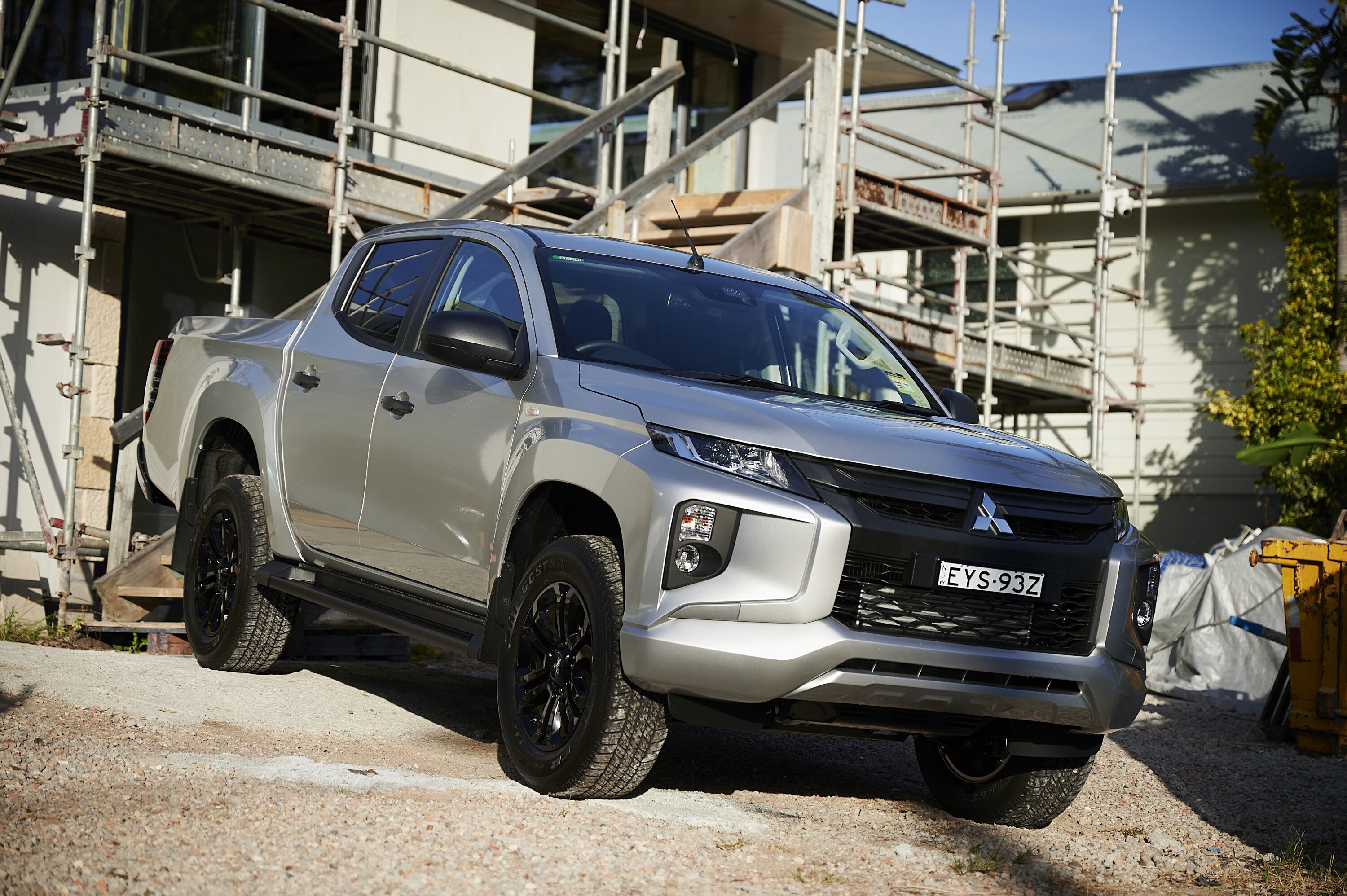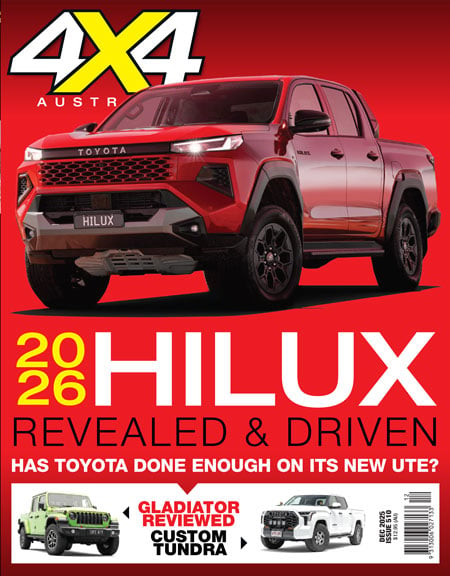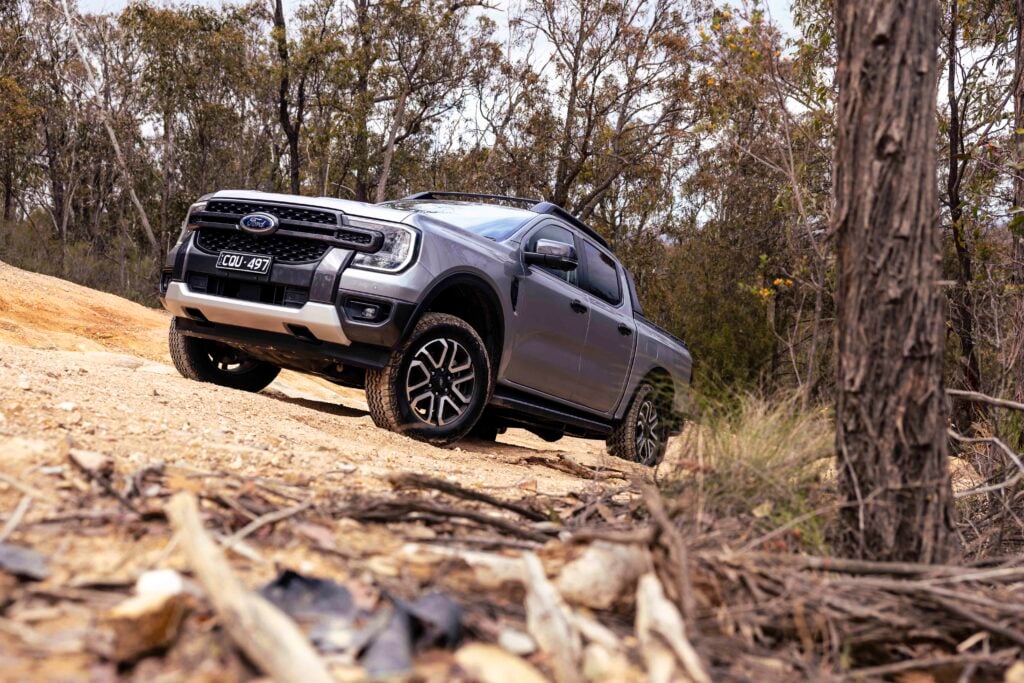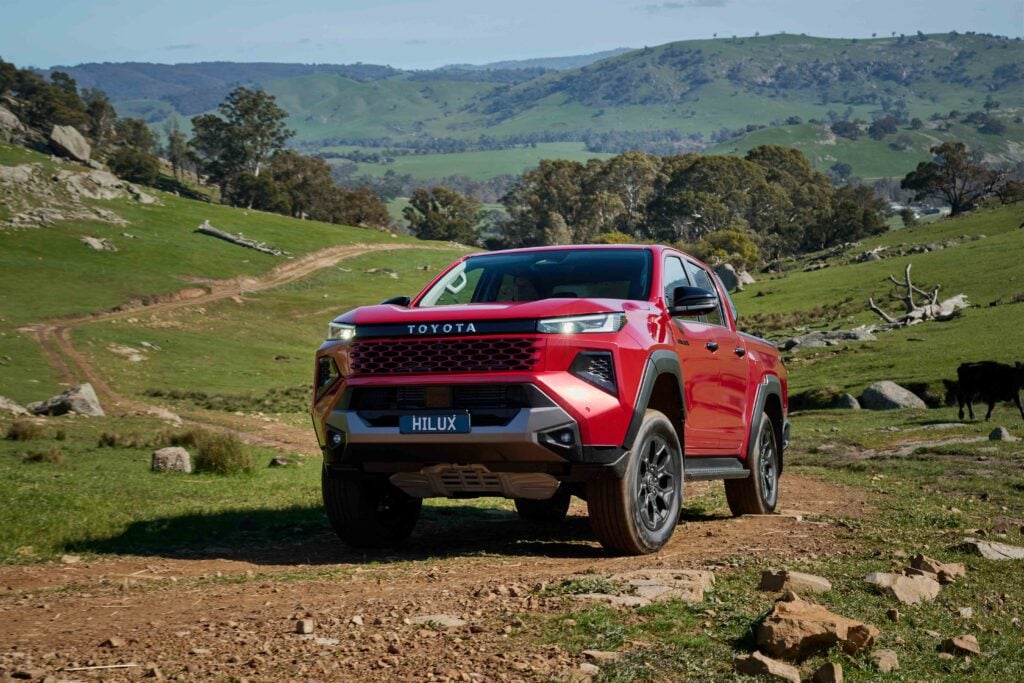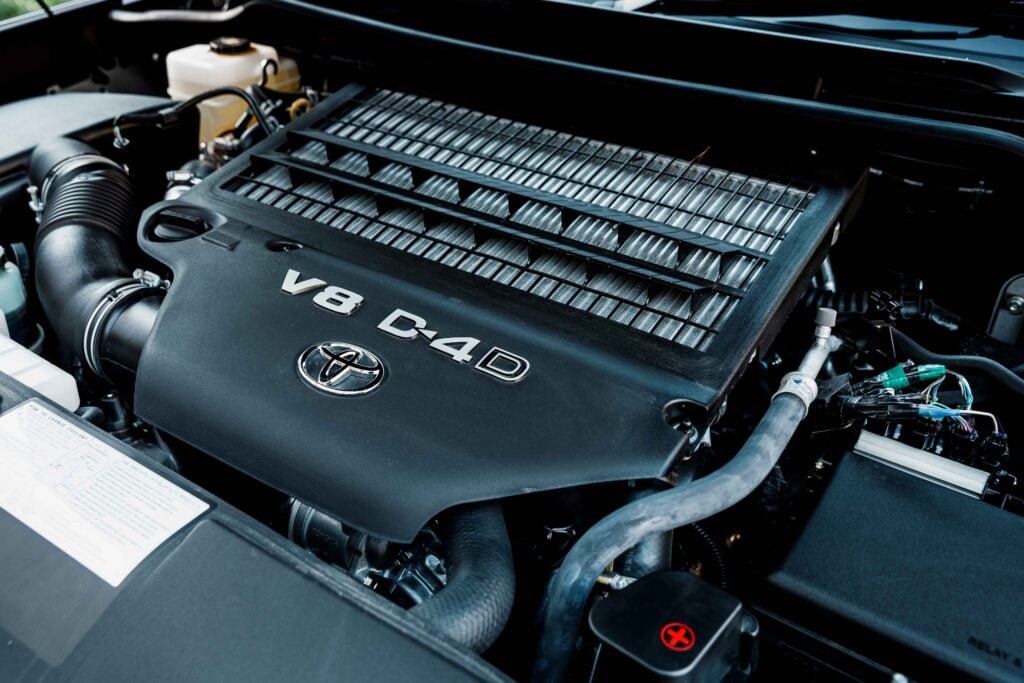The Mitsubishi Triton has long been one of the most popular 4×4 utes in Australia, and for good reason: price.
While the new Triton has gone up a level on the price scale, it still represents great value for money compared to some of the more expensive utes like the Ford Ranger and Toyota HiLux.
For those who want a Triton for 4×4 touring, we reckon the GLX-R hits the sweet spot at $56,490 drive away due to its impressive list of standard equipment as well as being the most affordable model in the range with Mitsubishi’s excellent Super Select 4WD-II selectable on-demand 4×4 system. Base colours for the Triton GLX-R are white and red, while premium paint (blue, silver, grey and black) costs an extra $740.
While previously not as powerful as some of its competitors, the Triton’s new 2.4L bi-turbo-diesel engine now musters a respectable 150kW and 470Nm, and it’s mated to a smooth shifting six-speed auto transmission. The Triton now also matches its class competitors in terms of towing, with a maximum braked capacity of 3500kg.
Standard kit on the Triton GLX-R includes black 18-inch alloy wheels, black sports bar, tailgate assist, a nine-inch touchscreen with satnav, a seven-inch multi-information display, rear cross traffic alert, lane departure prevention, traffic sign recognition, TPMS, adaptive cruise control, forward collision mitigation and seven air bags.
The Triton GLX-R’s Super Select 4WD II system allows the vehicle to be driven on the road in two-wheel drive or full-time 4×4. For off-road use the system can be set to high-range or low-range 4×4, both with the centre diff locked. Off-road capability is enhanced thanks to seven selectable drive modes (Normal, Eco, Gravel, Snow, Mud, Sand and Rock) aa standard fitment rear differential lock.
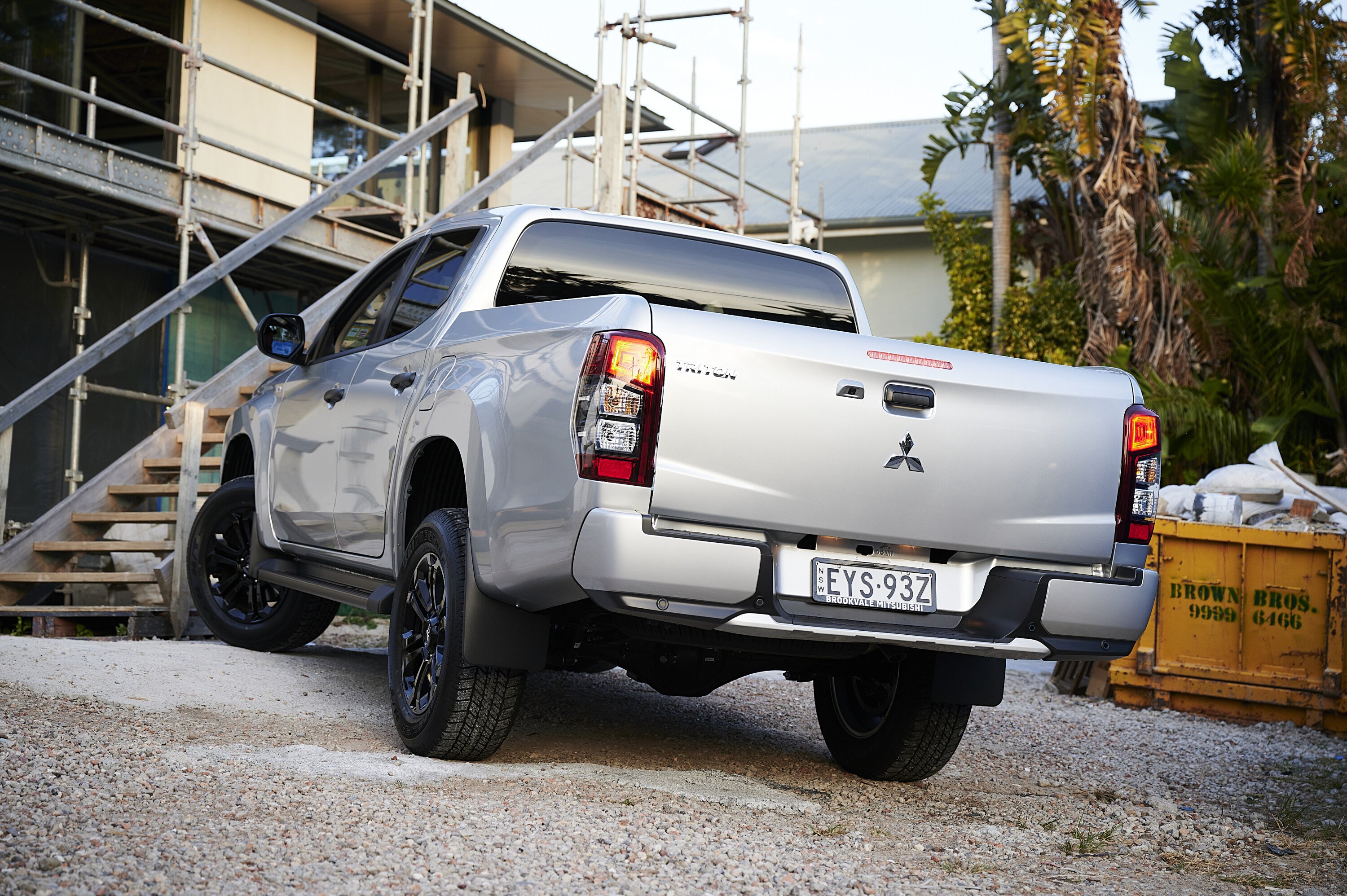
The first things to consider when modifying any 4×4 to make it better for touring include tyres, suspension and protection equipment. Secondary items include storage systems, canopies, roof racks and the like, all of which will have a bearing on what suspension system you will need to fit.
If you’re going to fit a steel bull bar ($2500+), steel side rails and sidesteps ($1000+), winch ($1200-$3000) and driving lights ($700), all of which we’d strongly recommend, you will need a suspension system that can cope with all of that weight at the front of the vehicle, as well as springs and dampers at the rear matched to whatever load you’re likely to have on board while touring. A quality suspension system from the major manufacturers will set you back $3000 or more, but there are cheaper alternatives that will still handle heavier loads than the standard suspension, and give the Triton a lift of up to 40mm.
As with any 4×4, you will need to fit quality Light Truck tyres to the Triton GLX-R if you want it to survive traversing rocky off-road terrain and forging through remote deserts; there are several LT all-terrain and mud-terrain options in the standard 265/60R18 size priced from around $450 to $500 a tyre from the likes of BFGoodrich, Cooper and Toyo, or with a suspension lift you could go up to a LT275/70R18.
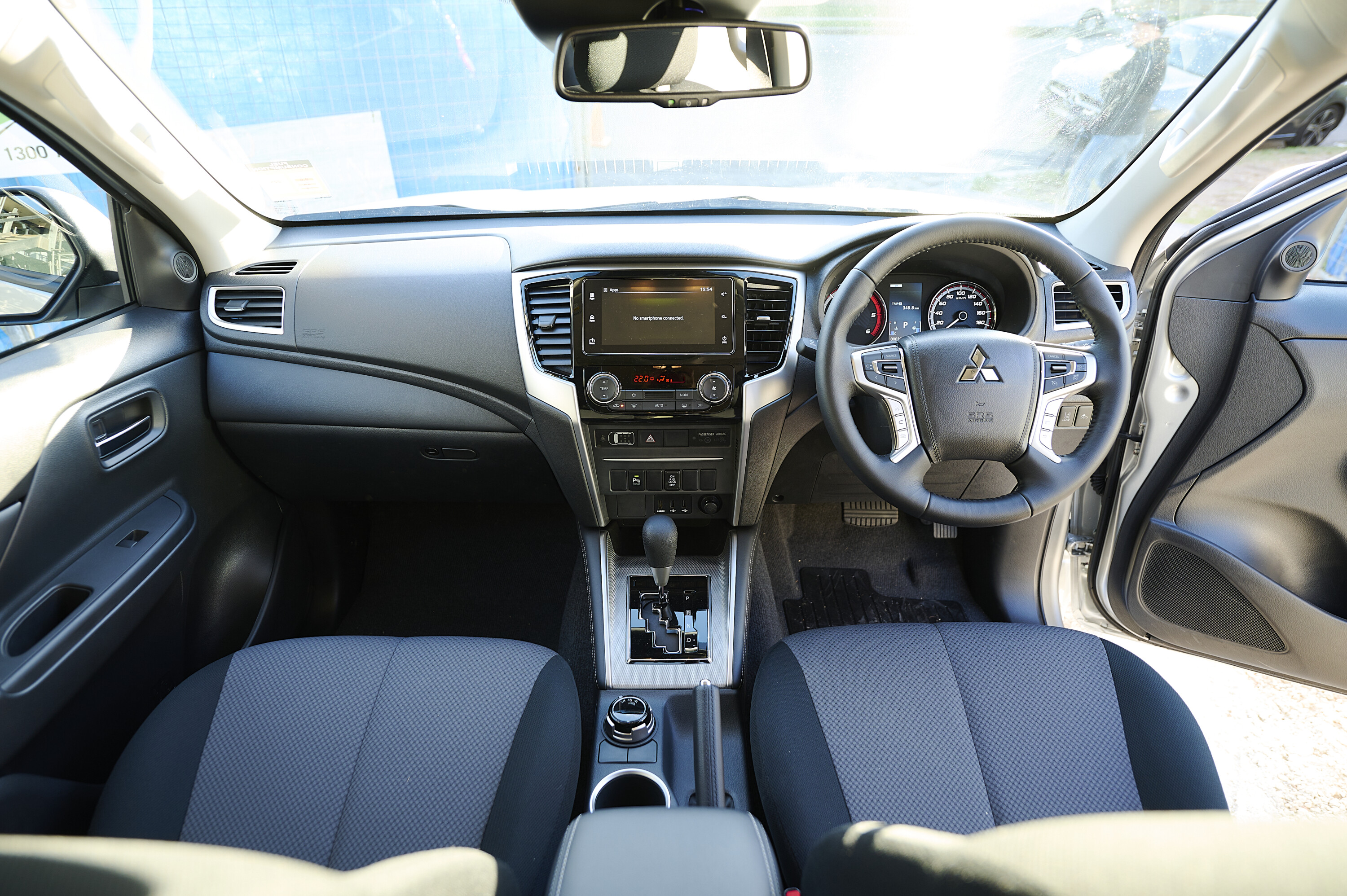
While a canopy over the tub provides a secure and weatherproof compartment that’s convenient for touring, it does detract from the vehicle’s versatility when you want to use it as a ute. An alternative on the Triton GLX-R is to fit a quality roller shutter so you can secure your gear when needed but still be able to haul larger items too, such as dirtbikes. A manual roller shutter will cost $1300+ while an electric one will cost around $2000+. A bed extender allowing a dirtbike to sit in the tub with the tailgate down can be had for as little as $350, but you will also have to factor in a number-plate mount with lights ($120 or so) and an auxiliary number plate (around $50 depending on what state you live in).
Of course, with a roller shutter, you need to ensure your portable fridge/freezer has a low enough profile to fit, but there are plenty on the market. You might also wish to add a roof platform (around $1700) to carry light-weight gear and to fit an awning.
You should also factor in the other usual 4×4 touring accessories such as a snorkel ($700), an auxiliary or long-range fuel tank ($1200-$1500), UHF radio and antenna ($400-$700), lithium auxiliary battery and charger ($1500+) and under-vehicle protection ($800-$1000).
We recommend
-
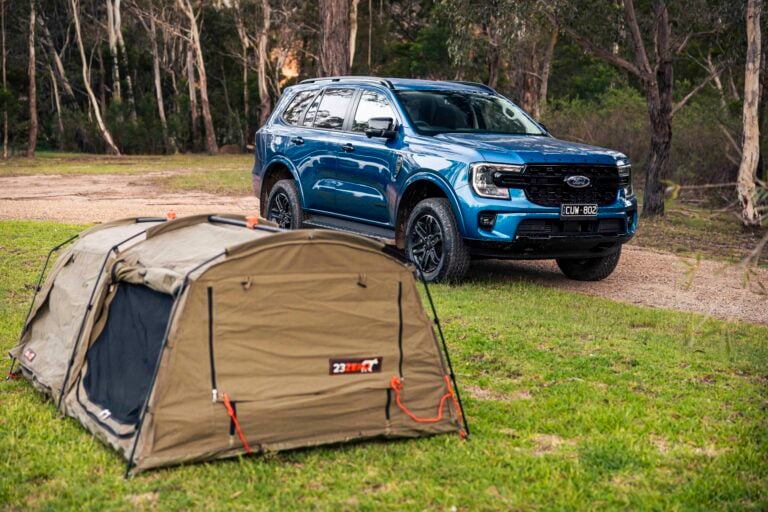 Opinion
Opinion4x4s we'd buy, and how we'd modify them: Ford Everest
A well-balanced, well-equipped wagon that’s ready for touring straight from the showroom
-
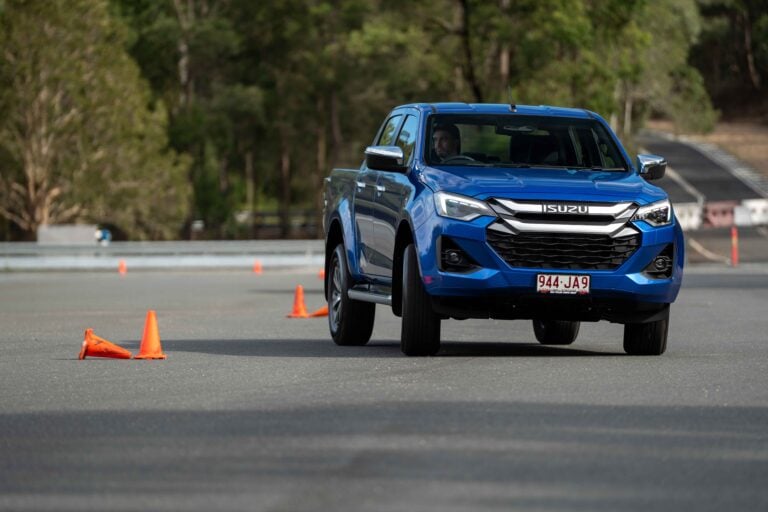 Opinion
Opinion4x4s we'd buy, and how we'd modify them: Isuzu D-MAX LS-M
Serious 4x4 capability, solid towing credentials and loads of upgrade potential without the premium price tag
-
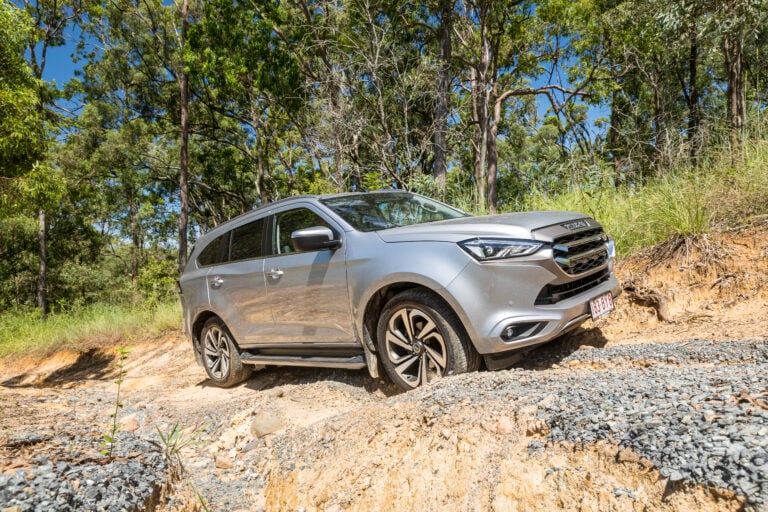 Opinion
Opinion4x4s we'd buy, and how we'd modify them: Isuzu MU-X
Pairing a tough 3.0L diesel with real-world comfort and capability

